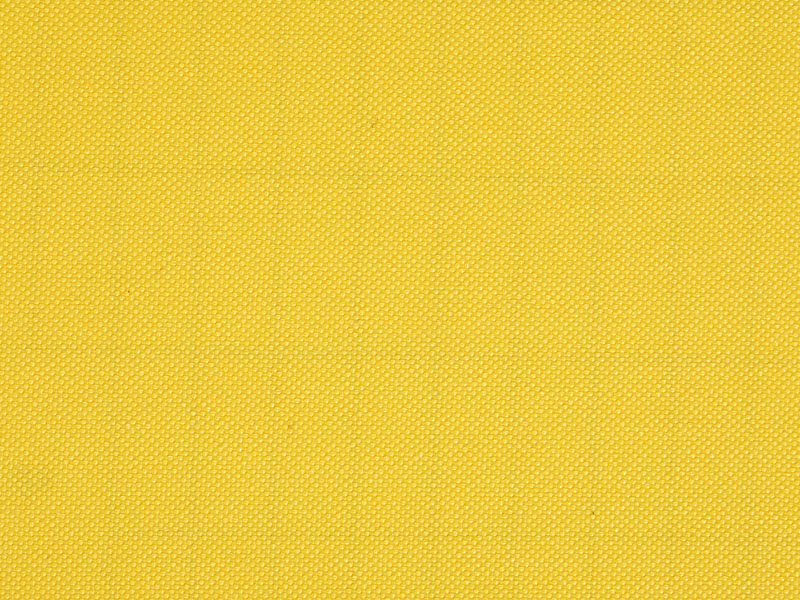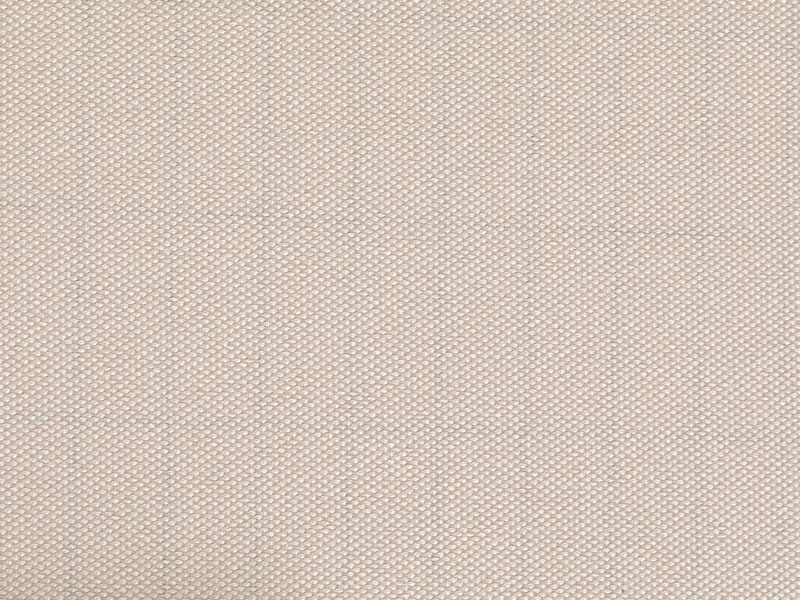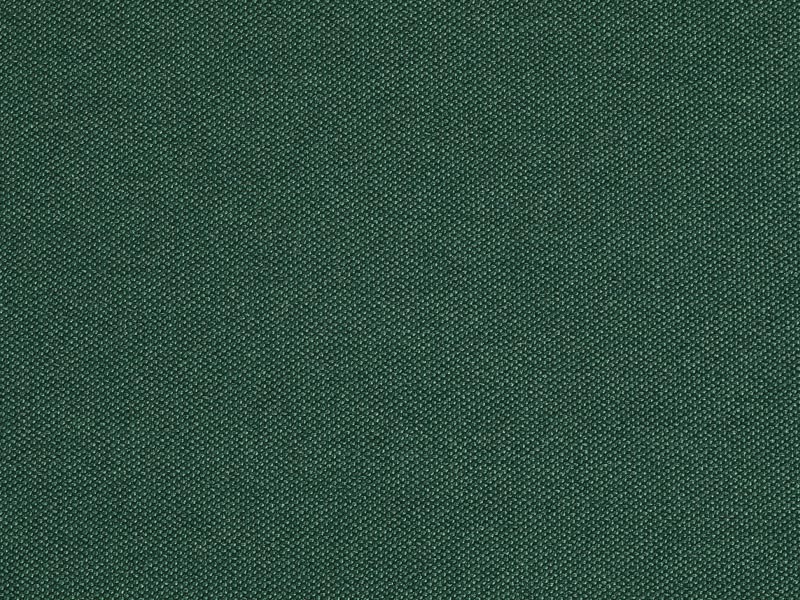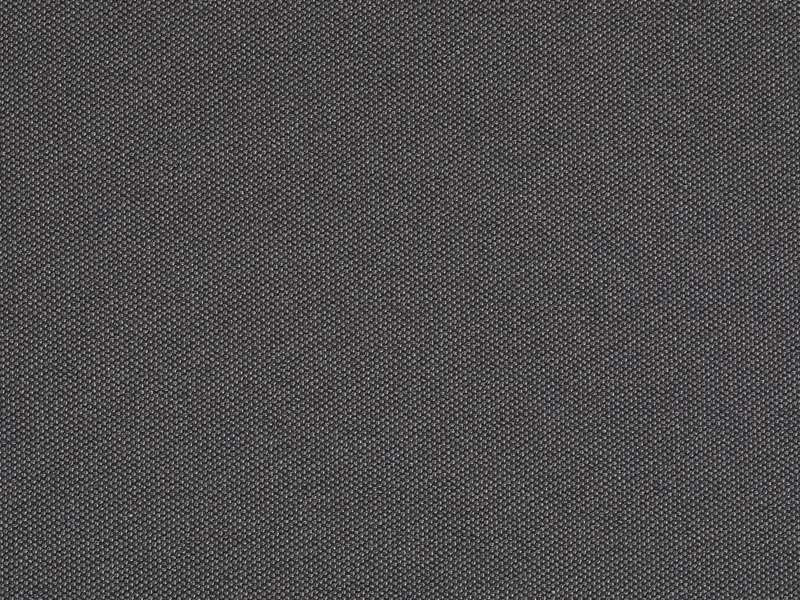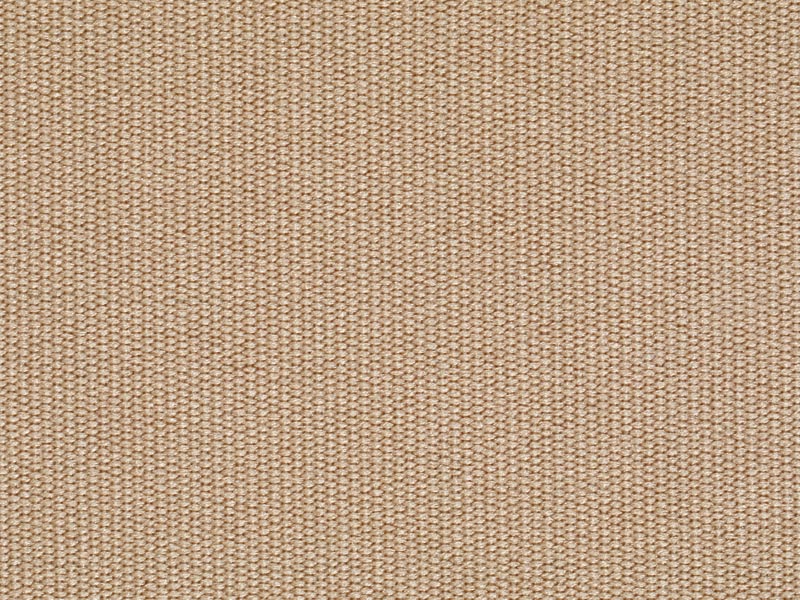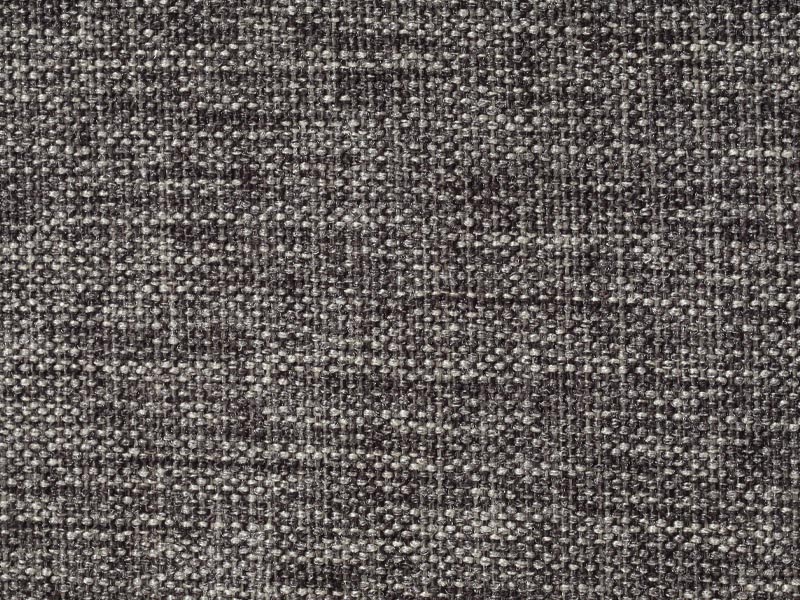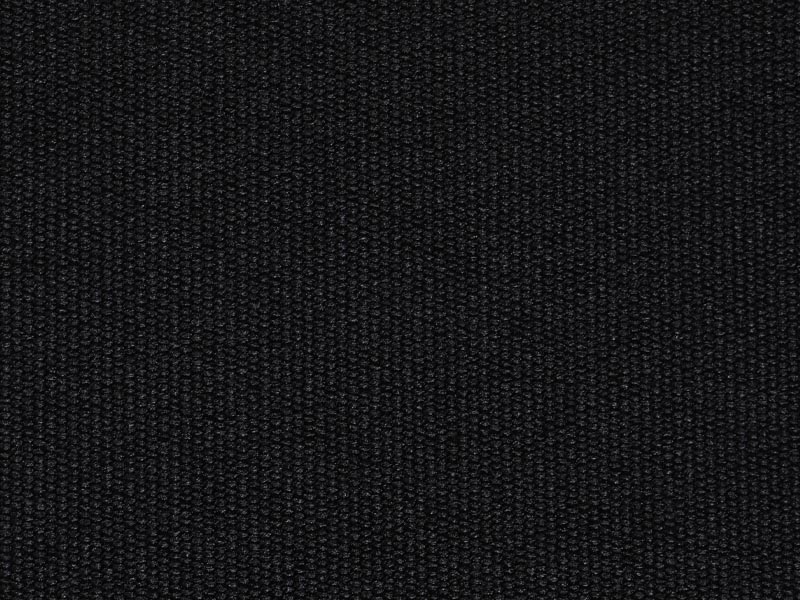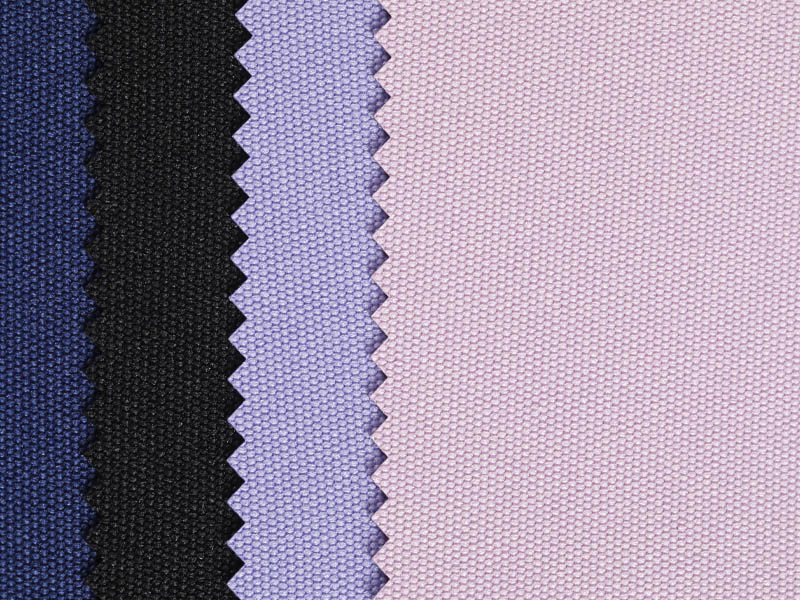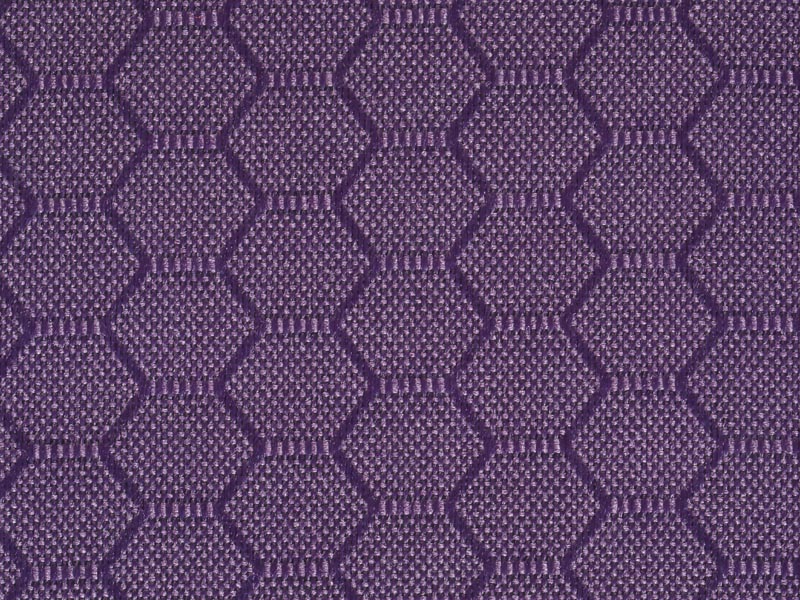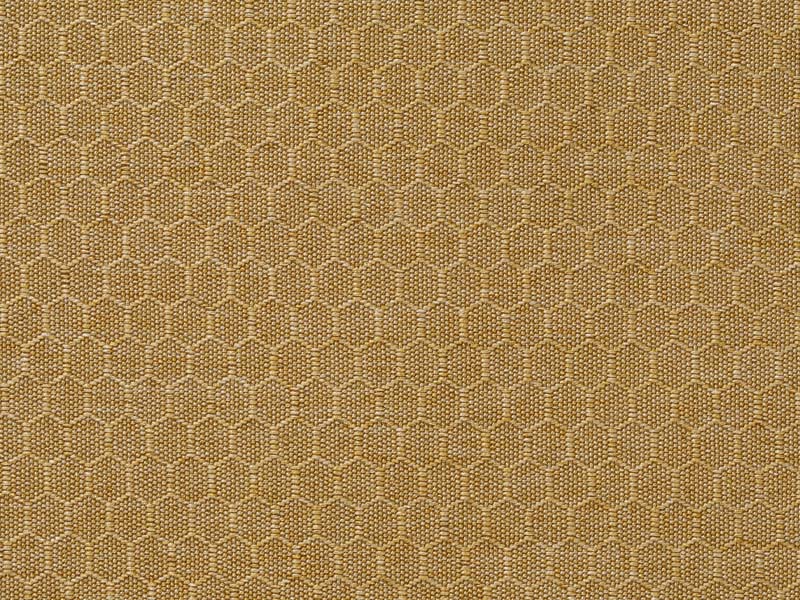Comparing Domestic and Imported Tent Fabrics
Posted by Admin
In the world of outdoor adventures, the choice of tent fabric plays a crucial role in ensuring comfort, durability, and overall satisfaction during camping trips. Tent fabric, often the unsung hero of camping gear, forms the protective barrier between adventurers and the elements. In recent years, the debate between domestic and imported tent fabrics has intensified within the outdoor industry. Let's delve into this discussion to understand the nuances and implications of this choice.
Domestic tent fabrics, manufactured within the country of use, offer several advantages worth considering. One significant benefit is the assurance of quality control and adherence to local regulations and standards. Manufacturers can closely monitor the production process, ensuring that each yard of fabric meets stringent quality benchmarks. This meticulous oversight results in fabrics that are reliably waterproof, tear-resistant, and UV-resistant, essential characteristics for enduring harsh outdoor conditions.
Furthermore, domestic tent fabrics often come with the added advantage of shorter supply chains. This means reduced lead times and increased agility in responding to market demands and customer feedback. With quicker turnaround times, manufacturers can swiftly address any issues or implement improvements, enhancing customer satisfaction and loyalty.
On the other hand, imported tent fabrics have carved a significant niche in the market, offering their own set of advantages. One of the primary draws is the potential for cost savings. Manufacturers sourcing fabrics from overseas suppliers may benefit from lower production costs, translating into competitive pricing for consumers. This affordability can make outdoor adventures more accessible to a broader demographic, fostering inclusivity and diversity within the outdoor community.
Additionally, imported tent fabrics often boast a diverse range of options in terms of materials, designs, and finishes. Suppliers from different regions bring unique expertise and innovation to the table, allowing consumers to explore a myriad of choices to suit their specific needs and preferences. From lightweight nylon fabrics ideal for backpacking to heavy-duty canvas fabrics for extended expeditions, imported options offer versatility and customization unparalleled in the domestic market.
However, it's essential to consider the potential drawbacks associated with imported tent fabrics. Chief among these concerns is the variability in quality and consistency. While reputable suppliers may uphold rigorous standards, others may prioritize cost-cutting measures, compromising on durability and performance. This variance in quality can make it challenging for consumers to gauge the reliability of imported fabrics, consequently uncertainties and potential disappointments during outdoor adventures.
Moreover, importing tent fabrics involves longer supply chains, increasing the risk of delays and logistical hurdles. Fluctuations in international shipping schedules, customs procedures, and geopolitical factors can disrupt the seamless flow of materials, impacting production timelines and inventory management. Such uncertainties pose challenges for manufacturers seeking to maintain efficient operations and meet consumer demand in a timely manner.
In navigating the choice between domestic and imported tent fabrics, consumers must weigh these factors carefully. While domestic fabrics offer assurances of quality and regulatory compliance, imported options present opportunities for affordability and diversity. Ultimately, the decision boils down to individual priorities, preferences, and risk tolerance.
To aid consumers in making informed choices, industry stakeholders can play a pivotal role in transparently communicating the origins, specifications, and performance attributes of tent fabrics. Through educational initiatives, product labeling, and third-party certifications, manufacturers and retailers can empower consumers to make confident decisions aligned with their outdoor pursuits and values.
In conclusion, the debate between domestic and imported tent fabrics underscores the complexities inherent in the outdoor industry. While both options offer distinct advantages and challenges, the overarching goal remains the same: to enhance the outdoor experience for adventurers worldwide. By fostering dialogue, innovation, and accountability, the industry can continue to evolve and thrive, ensuring that every camping trip is met with comfort, durability, and peace of mind, courtesy of the humble yet indispensable tent fabric.

 English
English Français
Français Español
Español عربى
عربى Tiếng Việt
Tiếng Việt